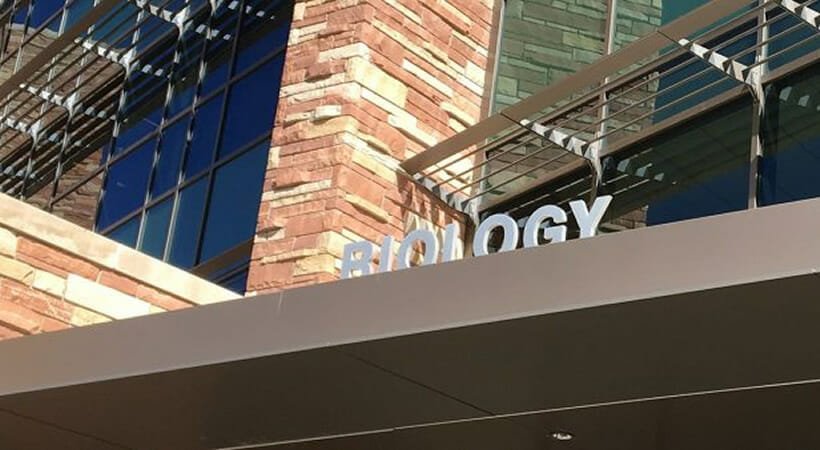CPP’s air quality group collaborated with Cator, Ruma & Associates, Co. for two projects on the Colorado State University campus. The results contributed proven methodology and expertise to help the design team achieve safety and energy goals.
The first project, CSU’s new biology building, was completed in 2017. The second, the Health Education Outreach Center, is scheduled for completion in winter 2018. For both projects, CPP helped the design team strike the ideal balance between air quality and energy consumption.
We spoke with John Carter, CPP vice president and leader of the air quality group. CPP’s team for these projects included engineers, atmospheric scientists, model designers/builders, and technicians—up to 10 professionals in total. Each project duration spanned several months.
In contrast to many CPP projects where wind-tunnel testing informs structural design and how wind might affect, say, an external pedestrian zone, the air quality group focuses on information relevant to mechanical engineers, both inside and outside the building. A typical engagement begins around the middle of the schematic design phase, where CPP provides consulting review, to the end of the design development phase.
Said Carter, “We carefully study how well exhaust stacks dissipate any toxic or odorous emissions.” He listed the many exhaust contributors evaluated in CSU’s biology building: chemical fume hood exhaust, bio-safety cabinet exhaust, radioisotope and perchloric acid exhaust, emissions from diesel emergency generators, and even vehicles idling at loading docks.
“The models we build for wind-tunnel testing include exhaust stacks,” explained Carter. “We then simulate full-scale flow from the stacks, and subject them to wind from all directions and speeds.” Based on the findings, CPP then advises mechanical engineers, in this case, a capable partner, Cator, Ruma & Associates.
“We’ve completed about ten projects with them around CSU’s campuses over the years, and it’s an excellent, complementary collaboration. We work together early in the project and keep up the dialogue.” Cator, Ruma & Associates provides design engineering services for mechanical, electrical, and plumbing systems.
CPP anticipates any adverse health effects and odor complaints, and then advises. In response, the partner’s engineers adjust air intake location, air exhaust location, height of exhaust stacks, volume flow rate, exit velocity of exhaust systems, and more.
“A key goal for us,” said Carter, “is striking the best balance among air quality, energy use and aesthetics.”
He explained the trade-offs. “Assume that a particular lab requires a dozen complete air changes every hour to be considered safe. But all that air has to be conditioned—heated or cooled—and that costs money.” Meanwhile, technology evolves.

